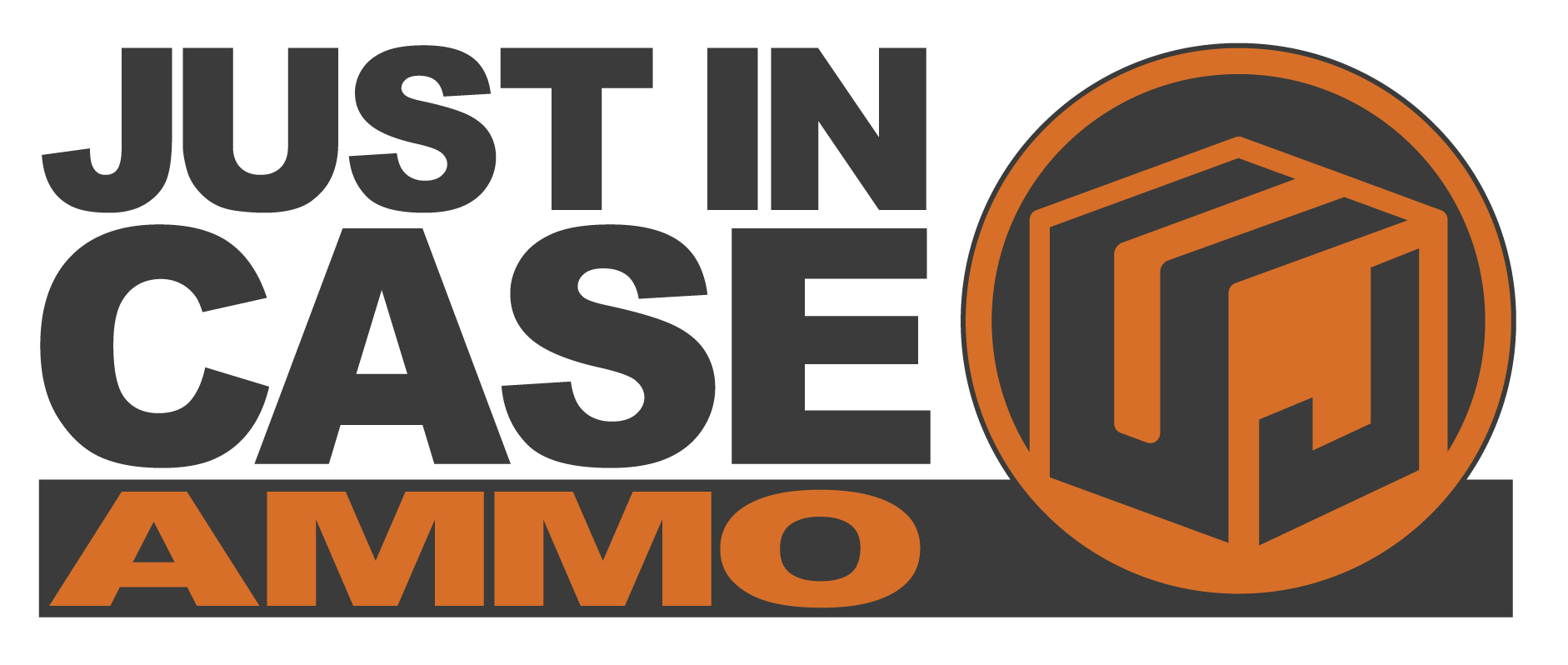What type of ammo do you need? A guide for new gun owners
Whether you're hunting, defending yourself, or target shooting, your gun needs ammunition, but when you're new to the world of guns, choosing the right ammo can be confusing.
There are hundreds of different types of ammo, and if you're like most new gun owners, you're probably wondering where to start.
This guide takes you through the basics and looks at the benefits of different types of ammo.
All ammo can be divided into three main groups: shotgun ammo, rifle ammo, and handgun ammo, and within each of those categories, you have several more choices you can make.
Shotshells
Shotshells are used with shotguns, and they include birdshot, buckshot, and slugs.
A slug is a single, solid piece of metal typically made from lead or copper.
In contrast, birdshot and buckshot feature small metallic pellets encased in a shell that scatter outward once they are shot from the gun.
Typically used for birds or other small game, birdshot pellets are smaller, but because there are more pellets in the shell, they cover a larger area.
Used for bucks or other big game, buckshot features larger pellets that get released from the shell in a smaller, tighter pattern.
Choosing the Right Shot Shell Gauge
When choosing shotshells, you need to ensure the gauge matches the size of the shotgun you have.
The most common size is a 12-gauge shotgun, but there are also 10-, 16-, 20-, and 28-gauge shotguns.
Smaller gauges are associated with wider bores and thus larger shotshells and slugs.
Shotshells also come in different lengths.
The most common sizes are 2 ¾ inches, 3 inches, and 3 ½ inches.
Most 12-gauge shotguns can handle all these lengths, but if your shotgun has a length labeled on it, it can only handle the stated length and shorter.
Pellet Size for Shotshells
Once you narrow in on a gauge, you have to choose the size of the pellet.
Bird and buckshot both come in a variety of different sizes, and again, smaller numbers indicate larger pellets.
As a rule of thumb, you want smaller pellets for small animals and larger pellets for larger animals.
Keep in mind that smaller pellet sizes mean that there are more pellets in the shell, while larger sizes mean there are fewer pellets in the shell.
A larger number of small lightweight pellets covers more area than a smaller number of larger heavier pellets.
Hunters opt for small pellets that spread when they're trying to hit small, fast-moving targets like pheasants or squirrels.
Smaller pellets also do less damage to the meat and skin of these animals (which could be shredded by larger pellets).
For bigger, slower birds such as turkeys or big game such as antelope, deer, elk, and moose, hunters switch to bigger pellets with smaller spray patterns and more stopping power.
Rifle and Handgun Cartridges
Rifles and handguns use cartridges, which refers to the entire unit with the case, primer, gunpowder, and bullet (which is the projectile).
Cartridges can fire a bullet made of lead with a jacket of copper, brass, or another metal, which will penetrate further.
Or they can fire soft or hollow-point bullets that expand when they hit the target and do more damage.
If you're hunting, you may want to opt for the soft or hollow point, while a solid point is better (and usually cheaper) for target shooting.
Types of Cartridges
Rifle and handgun cartridges fall into two groups depending on where the primer strike hits the case.
With rimfire cartridges, the firing pin hits the rim of the cartridge, but with centerfire cartridges, the firing pin hits the center.
You need to ensure that the type of cartridge matches the type of firing and caliber of your rifle or handgun.
A few guns can fire either centerfire or rimfire, but most can only fire one type.
Be sure to match the details on the ammunition box.
4 Common Types of Rifle Bullets
If you're buying bullets for your rifle, you have several choices, but here are the four most common options:
Pointed Soft Point
- These rifle bullets are pointed for better aerodynamics and accuracy but made of soft material.
- They are usually jacketed in copper except for the tip, which mushrooms when it hits the target.
- They have high velocity and high accuracy, traveling on a flat path that skilled shooters appreciate.
Rounded Soft Point
- Similar to pointed soft point, but with a rounded nose.
- They can be somewhat less accurate at range, but the rounded tip won’t set off another bullet’s firing cap by accident.
- Best for tubular magazines, these rifle bullets are popular with low-velocity calibers.
Polymer Tip
- These are hollow-tip rifle bullets with a pointed plastic cap that makes the bullet more aerodynamic in flight.
- When it strikes the target, the tip is driven into the hollow, which expands like any other hollow-point bullet.
- They are highly accurate with excellent stopping power and low risk of overpenetration due to mushrooming on impact.
Full Metal Jacket
- Full metal jacket rifle bullets are completely encased in a hard metal like copper.
- This keeps the bullet from mushrooming on impact, which provides the maximum amount of penetration.
5 Common Types of Handgun Bullets
Handgun bullets also fall into several different categories, and here are five of the most common options you will see as you shop:
Lead Round Nose (LRN)
A simple, rounded lead projectile without any jacketing, these handgun bullets are cheap and offer good penetration, but with little expansion.
Full Metal Jacket
A soft lead core jacketed in a hard metal like copper, these bullets offer very high penetration and no expansion.
Hollowpoint pistol bullets are made of soft material with a cavity in the tip that mushrooms on impact.
This delivers maximum energy to the target and reduces the risk of overpenetration.
Wadcutter
These handgun bullets are flat-ended like a cylinder and often used for target shooting because they make clean holes in the paper.
Semiwadcutter
This bullet has a flat tip like a wadcutter but is cone-shaped leading up to it.
This gives it better aerodynamics and balances penetration with expansion.
They are used for target shooting and hunting.
Summary / Saved Rounds
Key Takeaways:
- Choosing the right ammo can be confusing for new gun owners
- Although there are hundreds of types of ammo, they all fall into three categories: shotgun ammo, rifle ammo, and handgun ammo
- Shotguns fire shotshells that include birdshot, buckshot, and slugs
- Rifles and handguns use cartridges that fire several bullet types, including soft point and full metal jacket
- Rimfire cartridges let the primer strike the rim, while centerfire cartridges have the primer strike the center
- You need to consider the size of your gun as well as your objectives when choosing ammo
At Ammunition Depot, we have the ammo you need, regardless of the type of gun you have or how you plan to use it.
Whether you want to stock up in bulk on your favorite ammo, try a variety of different types of ammo until you find what you love, or explore specialty ammo, we can help you out.







